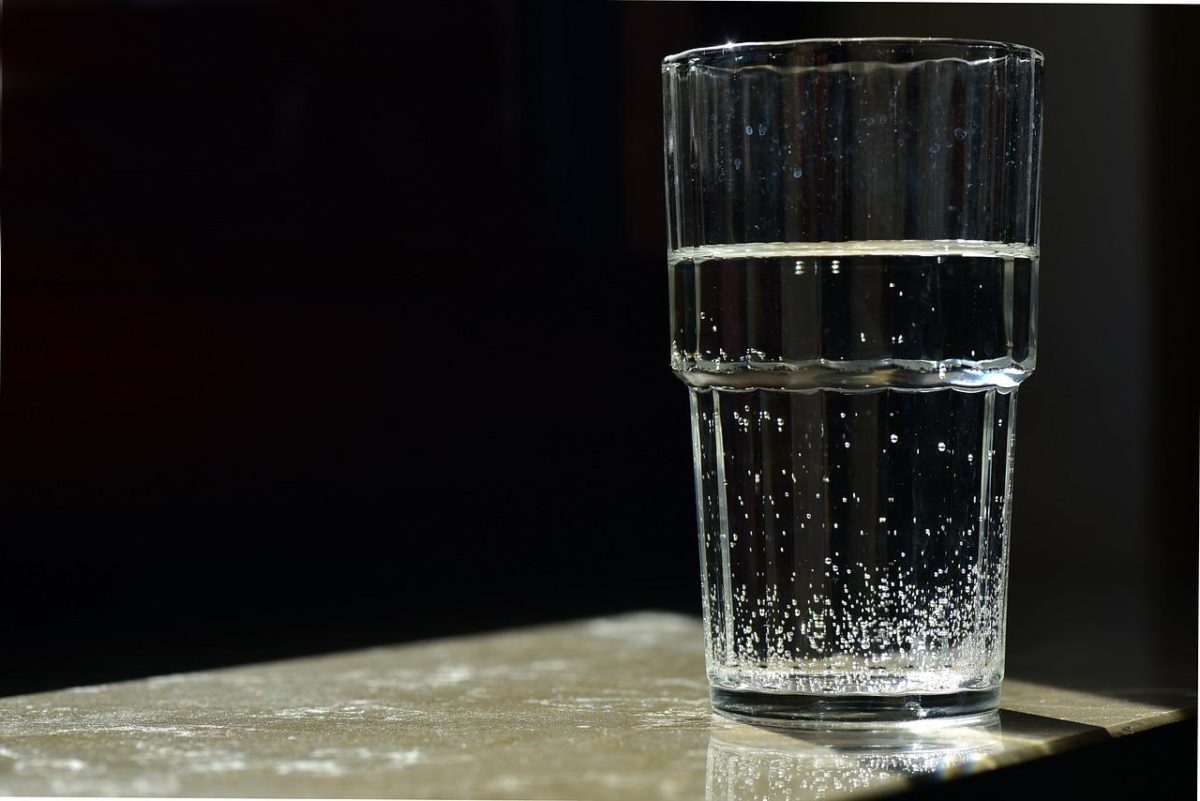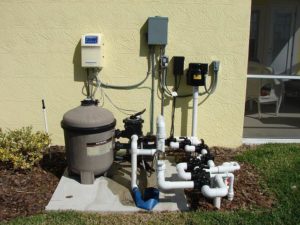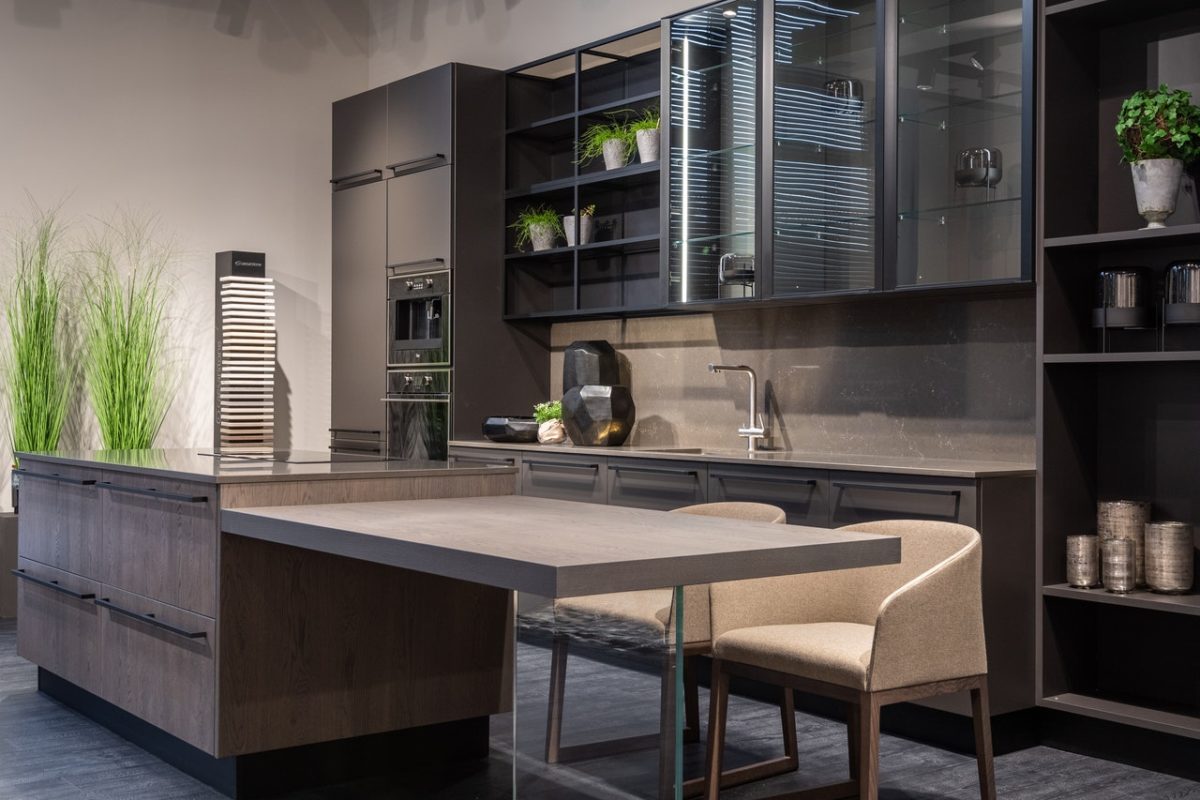Like most people, you probably take great pride in your garden. It’s a place where you can escape from the hustle and bustle of everyday life and relax in the fresh air. A beautiful garden can be a natural source of joy, but it takes hard work and careful planning to achieve one. However, according to a professional tree service Aurora IL, there are a few landscaping mistakes that you’ll want to avoid. We’ll also give you some tips on how to prevent them. So if you’re looking to create a stunning garden of your own, read on.
Using the Wrong Type and Method of Fertilizer
 One of the most common landscaping mistakes is using the wrong type or method of fertilizer. Fertilizers are essential for healthy plants, but they need to be used correctly to be effective. If you use too much, it can damage your plants. On the other hand, if you don’t use enough, your plants won’t get the nutrients they need to grow. The best way to avoid this mistake is to talk to a professional about what type of fertilizer your plants need and how often you should use it.
One of the most common landscaping mistakes is using the wrong type or method of fertilizer. Fertilizers are essential for healthy plants, but they need to be used correctly to be effective. If you use too much, it can damage your plants. On the other hand, if you don’t use enough, your plants won’t get the nutrients they need to grow. The best way to avoid this mistake is to talk to a professional about what type of fertilizer your plants need and how often you should use it.
Overwatering
Watering is a must for any garden, but you can damage your plants by overwatering them. It is because too much water can cause the roots to rot. It can also make your plants more susceptible to disease. To avoid this mistake, water your plants deeply and less often. It will help their roots grow deep and intense and make them better able to withstand drought conditions.
Ignoring Weed Growth
If you’re lazy about weeding, it will show in your garden. Weeds can quickly take over if they’re not kept in check. Not only do they detract from the appearance of your garden, but they can also steal nutrients and water from your plants. To avoid this mistake, make sure to pull out any weeds you see as soon as possible. Moreover, you can also use a mulch to prevent them from growing in the first place.
Discouraging Pollinators
On top of that, another landscaping mistake is discouraging pollinators. Pollinators, such as bees and butterflies are essential for the health of your plants. They help them to grow and produce fruit and vegetables. However, many people inadvertently discourage them by using pesticides or not providing enough food for them. To avoid this mistake, try to use organic methods to control pests and plant flowers that will attract pollinators to your garden.

Avoid these landscaping mistakes if you want a beautiful garden that you can be proud of. With a little effort, you can create a stunning oasis that will be the envy of your neighborhood. For more tips on landscaping and gardening, check out our website.…




 The best way to prevent dirty water from entering your home is to be proactive. Have your water tested regularly and take steps to correct any problems that are found. In addition, you can install a water filtration system or reverse osmosis system to make sure that your water is always clean and safe.
The best way to prevent dirty water from entering your home is to be proactive. Have your water tested regularly and take steps to correct any problems that are found. In addition, you can install a water filtration system or reverse osmosis system to make sure that your water is always clean and safe.

